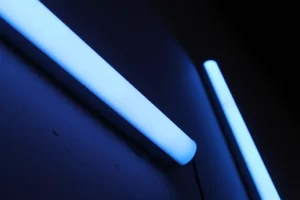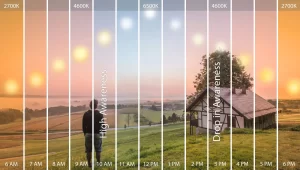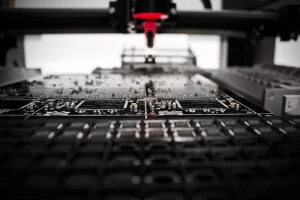WCI Blog Articles
Welcome to our blog page, where the experts at WCI shed light on various aspects of lighting applications, LED modules, and American Manufacturing.
Architectural Lighting and LED Solutions for YOU
Image Source: Unsplash Architectural lighting is more than light in a space....
7 Things You Should Know about LED Modules
7 Things You Should Know about LED Modules Photo by Rich Smith...
LED Technology Advancements that have Revolutionized the Lighting Industry!
Photo by Joshua Sortino from Unsplash The lighting industry has been buzzing...
Circadian Lighting 101, A New Way of Healthy Living
Understand how LED Lighting can Affect your Health and Learn how to...
How to Mitigate Risk When We Hit a Disaster Like COVID-19 by Sourcing LED Modules Locally?
We are in unprecedented times of a pandemic that is affecting the...




